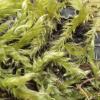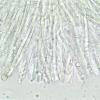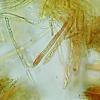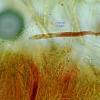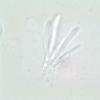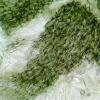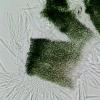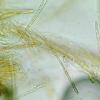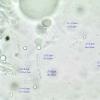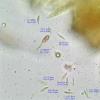
16-11-2025 21:09
 Robin Isaksson
Robin Isaksson
Anyone recognize this acc. to pictures.? Found on

18-11-2025 13:59
Nogueira HéctorNovember 14, 2025 Brazuelo (León) SPAIN Hymenosc

17-11-2025 19:14
herman lambertApothécie discoïde 0.6 cm diam., orangeFace hym�

17-11-2025 21:57
Philippe PELLICIERBonjour,Récolté sur bois de feuillu mort dur, no

17-11-2025 21:46
Philippe PELLICIERBonjour,Récolté sur bois pourrissant de feuillu

14-11-2025 16:26
 Marian Jagers
Marian Jagers
Hello everyone, On dead wood of Cytisus scoparius

15-11-2025 23:22
Mario FilippaHello,this is what I think to be Hymenoscyphus mac

15-11-2025 20:25
 Riet van Oosten
Riet van Oosten
Hello, Found by Laurens van der Linde, Nov. 2025


"Le KOH utilisé est à 5%, je n'ai pas de 3%. Cette différence est-elle cruciale pour la réaction des paraphyses ?"
A high concentration is better, 10% or 20% is much safer.
"Spores hyalines, guttulées aux extrémités : 7,3 - 10,6 X 1,7 - 2,9"
1,7? Can you show a narrow spore like that?
Your find is Mollisia olivaceocinerea (Svrcek). This is a fairly mobile complex that is phylogenetically divided at least into Mollisia oblonga and nodosa. I cannot tell the difference between these two species either by eye or by microscope.
https://asco-sonneberg.de/pages/gallery/mollisia-olivaceocinerea-nodosa-221031-iw171-stma2094-dsm115799-mcol-01jj42346.php?group_id=42343&position=215
Greetings
Ingo Wagner

Dead spores are much narrower than vital ones.
You've just shown the best example.
Here is another example. Look at the spores top right:
https://asco-sonneberg.de/pages/gallery/sporenvolumen-vital-tot42484.php
Greetings
Ingo Wagner


